Rollups: Innovative Solutions to Blockchain Scalability Challenges
Rollup Technology: Overcoming Blockchain's Performance Challenges
How many times have you heard that blockchains are too slow, too expensive and too inefficient to use? These are some of the biggest hurdles the industry faces when trying to turn the Metaverse cliché into a real life organism. Countless engineers and developers have focused their efforts on providing solutions to these scalability problems. Out of these efforts a technology called “rollups” has emerged as the most prominent solution. Dymension envisions a rollup centric digital world where each rollup is a verse, or a city of digital ownership, with various opportunities for value creation constructing a Multi-Verse.
Dymension's Rollup Development Kit (RDK): Shaping the Future of Rollup Adoption
Yet rollup adoption is not just a theory of a possible future, it has already started to take shape in many ways. In fact rollup season seems to be just around the corner and Dymension is paving its own unique way with a Rollup Development Kit (RDK), making it easy for all to build scalable ecosystems while leveraging Dymension’s role as a rollup settlement hub. Before elaborating on that, let’s dive a bit into what is rollup technology, why is it useful, and how is Dymension solving the problems inherent with certain rollups? This article will shed some light on scaling innovations and might answer some of the natural questions that arise when learning about rollups.
Understanding Rollups: A Breakdown of Blockchain Functionalities
We generally measure the performance of a blockchain by its throughput (amount of transactions per second a given network can handle) and latency (the time it takes for a user to receive a receipt for their transaction). The scalability challenge faced by the blockchain space is to find ways to improve these performances without meaningfully compromising on censorship resistance, decentralization and the trust-less nature of the technology.
Modular Blockchain Architecture: A Solution for Scalability
Blockchains suffer from performance issues due to the theoretical limitations of reaching consensus. Consensus is when each participating computer (node) is required to come to the same conclusion of what the current state of information is, without necessarily trusting each other. Instead of requiring each node to compute and confirm each transaction that happens on a blockchain, world-class cryptographers and engineers have devised various ways to solve these scaling issues with what are known as “rollups,” some say they are as sweet as our childhood fruit roll-ups.
In order to better understand rollups, here is a short breakdown of the different functionalities of a blockchain:
- Execution — transaction computation
- Settlement — maintenance of state root and dispute resolution
- Data Availability — making sure that data is available
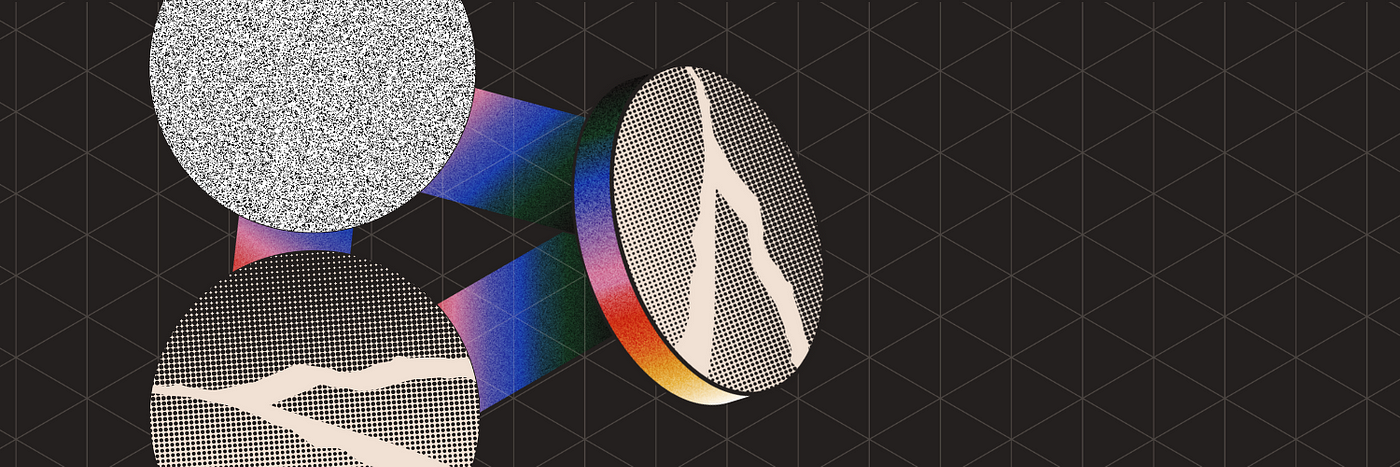 Modular Blockchain Architecture is a type of blockchain design where different blockchain functions are decoupled from each other. Unlike ‘Monolithic’ blockchains which possess all blockchain functions within one protocol, modular chains specialize in one or more, but not all functions.
Modular Blockchain Architecture is a type of blockchain design where different blockchain functions are decoupled from each other. Unlike ‘Monolithic’ blockchains which possess all blockchain functions within one protocol, modular chains specialize in one or more, but not all functions.
Rollups work in an execution environment which is considered “off-chain” because, well, everything is processed not on the blockchain. Instead of processing all transactions on the blockchain, a Sequencer (a computer) computes transactions and batches them in groups. In our architecture, Dymension compatible rollups (AKA RollApps) write the transaction data (in a compressed form) to a data availability layer, while publishing the new state on the settlement layer. This reduces the efforts of each validating node participating in the network. Now each computer doesn’t need to process every transaction. As such, by moving the computational efforts off-chain, nodes with less computational power can keep up with high amounts of information re-processing and participate in the consensus of the network.
At this point astute readers might wonder — if rollups are just a few computers (or even a single one) doesn’t this produce a centralized and trusted environment? How does the network make sure that the sequencer is honest? To understand how necessary blockchain qualities are preserved further exploration of rollup design and what type of rollup flavors are available is needed:
Rollups come in a variety of flavors. The two most prominent ones are:
- ZK rollups — In simpler terms, a zero-knowledge proof (ZK rollup) can prove something is true without having to reveal what exactly it is proving. ZK rollups improve scalability by allowing developers to move computations off-chain. Off-chain services are able to generate proofs that attest to the integrity of the off-chain computations. These proofs are then placed back on-chain (settlement layer) for any interested party to validate the computation. Validating the proof of a ZK-rollup requires the settlement layer to process transactions in the order of log n computational steps that occurred on the rollup assuming no trusted setup. This means that blockchain infrastructure can scale exponentially in a trust-less manner while maintaining computational integrity. There are a variety of flavors of zero-knowledge proofs (ZK-STARKS, ZK-SNARKS, PLONKS…) some of which require a trusted setup and others that do not, but come with their own drawbacks.
- Optimistic rollups — This design assumes an optimistic view towards the honesty of the sequencers, hence the term optimistic rollup. Meaning that it’s initially assumed the sequencer who is processing these transactions is acting honestly. However, in order to produce an environment where users of a network do not have to simply trust sequencers, a dispute period is installed. This period enables others to verify that the sequencer is reporting correct state updates. If anyone discovers a batch that is not correct, they can publish a “fraud proof” demonstrating the correct state transition. If indeed the sequencer provided incorrect information the state of the blockchain is reverted and the sequencer is “slashed” (they lose tokens they’ve bonded to participate in the network). Compared to ZK rollups which require O(log n) in a non-trusted setup, optimistic rollups require O(1) in computational steps. Meaning, optimistic rollups are more efficient than ZK rollups but come with additional network assumptions. While optimistic rollups have many advantages such as simplicity and efficiency, they have their own disadvantages such as a longer period of hard finality in order to allow enough time for participants to hand in fraud proofs.
Rollups remove significant portions of the computation load, increasing blockchain performance and scale by orders of magnitude and allow us to build better experiences which would meet the mainstream standard. With that said, there is no free lunch and rollups have their own set of challenges. For example, optimistic rollups introduce new crypto-economic game theoretic dilemmas, namely the Verifiers Dilemma. Difficult problems require novel solutions. Stay tuned as we go into more details about how to scale blockchains without falling prey to some of the pitfalls of rollups.
There’s a new kid on the block — RollApps. RollApps are Dymension’s solution to scaling. They are application-specific blockchains minus the consensus overhead, leaving just a highly scalable execution environment. RollApps use a common shared security framework, the Dymension Hub. The IBC-enabled hub allows for a connection to all other IBC-enabled chains, as well as communication between deployed Dymension RollApps, creating greater network effects as more applications are deployed.
RollApps are autonomous, think Texas, not USA. Texas is free to focus on attracting quality companies to head over and build (Howdy Elon!), all while not having to directly deal with the security overhead of uncle sam’s army.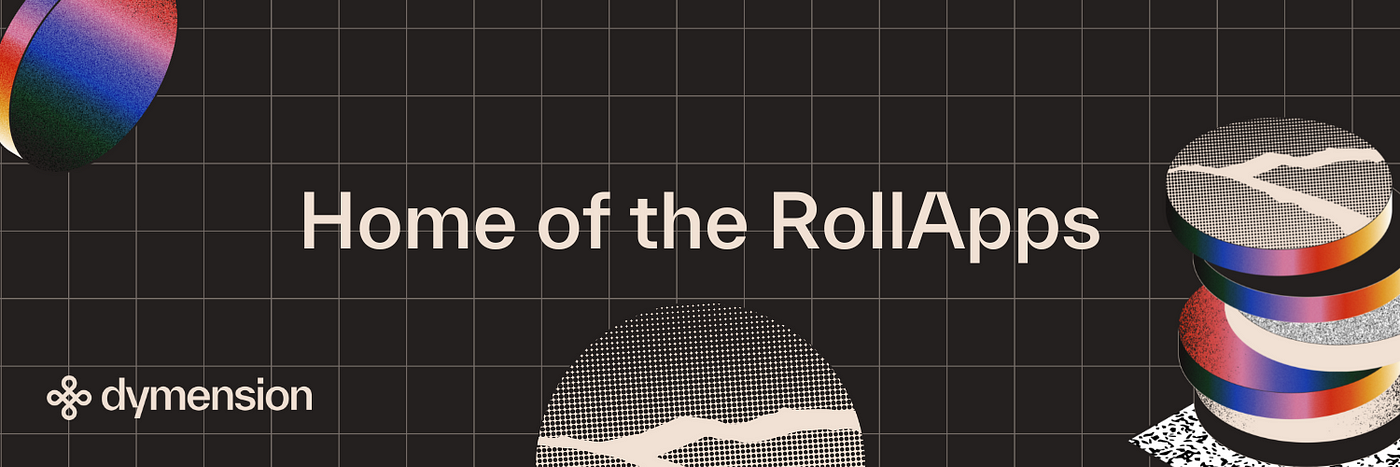 Back to crypto, what do we mean by autonomous? Each Dymension RollApp maintains its own token as the network fee. So no more paying Ethereum when you are using Curve (think more use-cases and value accrual to Curve token holders). Users pay fees to the RollApp rather than Dymension, boosting app sustainability. At this stage some may wonder what role does Dymension play in all of this? RollApp security and agreed upon state of the application is maintained by the Dymension settlement layer which requires RollApp sequencers (the operators of the application) to stake DYM tokens to participate as part of the ecosystem.
Back to crypto, what do we mean by autonomous? Each Dymension RollApp maintains its own token as the network fee. So no more paying Ethereum when you are using Curve (think more use-cases and value accrual to Curve token holders). Users pay fees to the RollApp rather than Dymension, boosting app sustainability. At this stage some may wonder what role does Dymension play in all of this? RollApp security and agreed upon state of the application is maintained by the Dymension settlement layer which requires RollApp sequencers (the operators of the application) to stake DYM tokens to participate as part of the ecosystem.
As the name implies RollApps are app-specific rollups which come with their own set of advantages compared to blockchains — namely orders of magnitude of higher throughput and much lower latency (If you’re not too familiar with what are roll ups take a look at our previous article). In short, they execute transactions off-chain and post data and state updates on-chain. With the data posted, anyone can submit a fraud proof and earn slashing rewards in case of a fraudulent state update.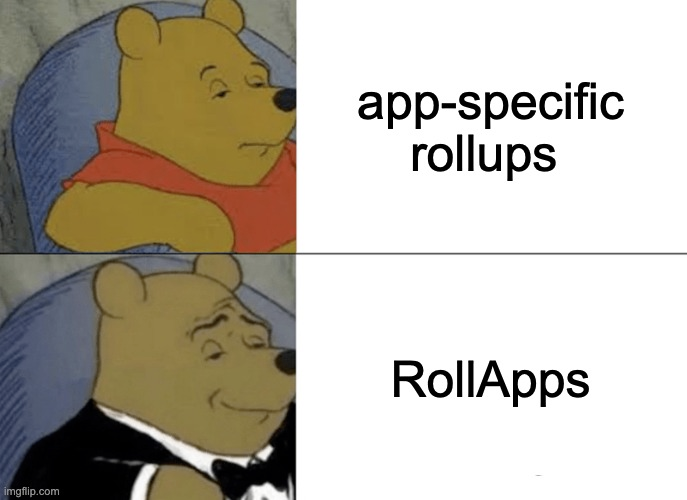 RollApps operate under fraud proof design allowing for greater scale and relying on just one honest participant for a well functioning system. One honest participant means that only one actor needs to prove that a malicious action was committed by the RollApp sequencer and if so the sequencer gets slashed. In technical jargon this is known as 1 of N trust assumptions¹. You can compare this to the usual N/2 of N consensus assumptions that PoW blockchains operate under.
RollApps operate under fraud proof design allowing for greater scale and relying on just one honest participant for a well functioning system. One honest participant means that only one actor needs to prove that a malicious action was committed by the RollApp sequencer and if so the sequencer gets slashed. In technical jargon this is known as 1 of N trust assumptions¹. You can compare this to the usual N/2 of N consensus assumptions that PoW blockchains operate under.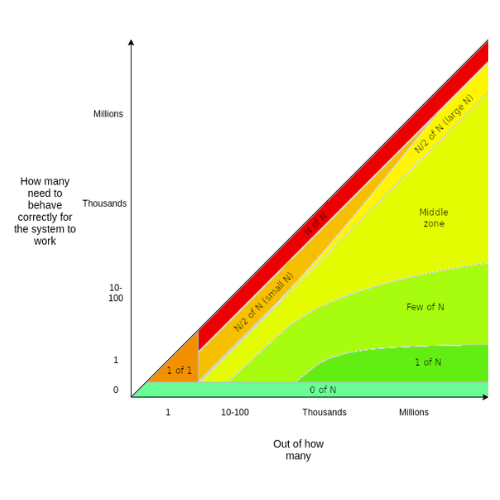 https://vitalik.ca/general/2020/08/20/trust.html
https://vitalik.ca/general/2020/08/20/trust.html
To give a bit more context on where RollApps come from, we need to look at the Cosmos ecosystem. Cosmos is a decentralized network of independent, parallel blockchains (App-Chains) powered by Tendermint. One of the main factors that makes Cosmos’ tech extremely robust is the segregation of application logic and the consensus and networking. Although the Cosmos app-chain design is considered monolithic, it showcases the advantages of a modular architecture. This approach is amplified with RollApps, as the system is completely modular.
App-Chain Diagram
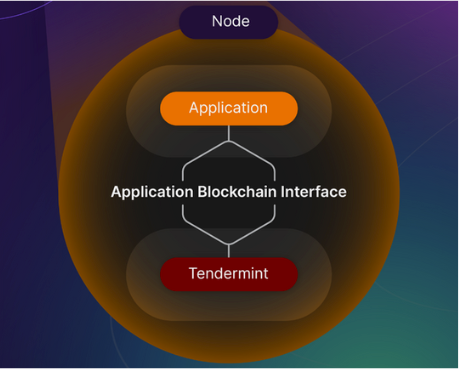 In many ways RollApps are very similar to App-chains. They too are a set of interconnected independent chains that compose a wider network. Similarly to App-chains, RollApps are also application-specific, and they too have their own token which can be used to pay for network fees. There will even be an SDK for rollups, the RollApp Development Kit (termed RDK). But, as much as they are alike, there are still a few major differences which constitutes the reason for their creation. Namely, allowing for higher throughput, lower latency and substantially easier bootstrapping than any monolithic blockchain.
In many ways RollApps are very similar to App-chains. They too are a set of interconnected independent chains that compose a wider network. Similarly to App-chains, RollApps are also application-specific, and they too have their own token which can be used to pay for network fees. There will even be an SDK for rollups, the RollApp Development Kit (termed RDK). But, as much as they are alike, there are still a few major differences which constitutes the reason for their creation. Namely, allowing for higher throughput, lower latency and substantially easier bootstrapping than any monolithic blockchain.
So, a disaggregated execution layer from the settlement layer? Astute readers might think of Polkadot, but unlike Polkadot’s para-chains, deploying a RollApp is permission-less, does not require participating in an expensive auction and slots are virtually limitless. Similar to Cosmos, Dymension believes deployment should be made as easy as possible to encourage a thriving ecosystem. Dymension aims to enable developers to deploy RollApps as easy as deploying an AWS instance.
By design, Dymension’s settlement hub is a lean machine. In-line with the modular blockchain framework, data is passed down to a disaggregated Data Availability Layer² and a merklized state root is passed to Dymension’s settlement layer. Dymension’s validators are responsible for maintaining the current state and handling any fraud disputes or malicious RollApp sequencers. For example, if a RollApp is censoring its users, the user can force a RollApp to accept a transaction by interacting directly with the Dymension Hub.
In conclusion,
RollApps architectural advantages mostly resemble the familiar app-chains, yet RollApps also possess impactful improvements for the future of decentralized applications. Dymension’s team is looking forward to the next steps in this exciting building process as we edge closer and closer to the release of the litepaper and a following testnet. Dymension welcomes new enthusiastic community members as a new optimal design space for developers is in the workings.





































